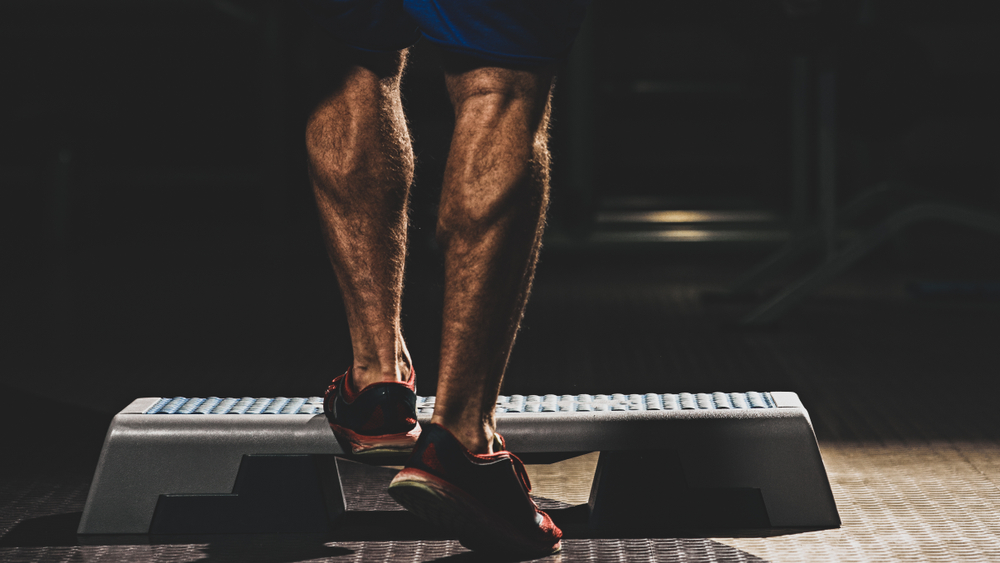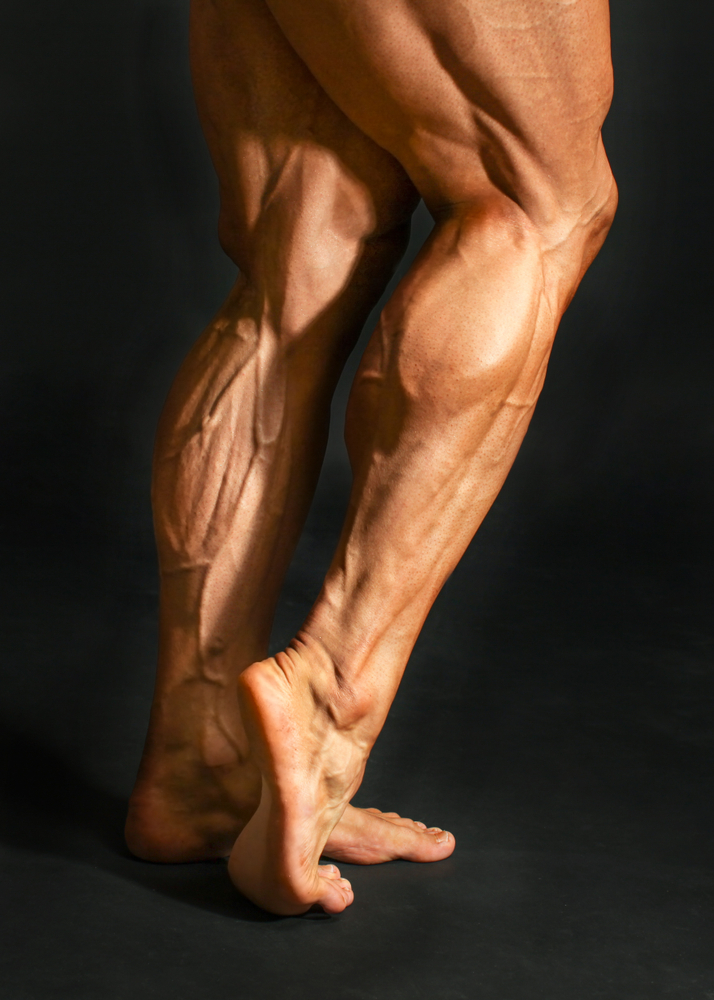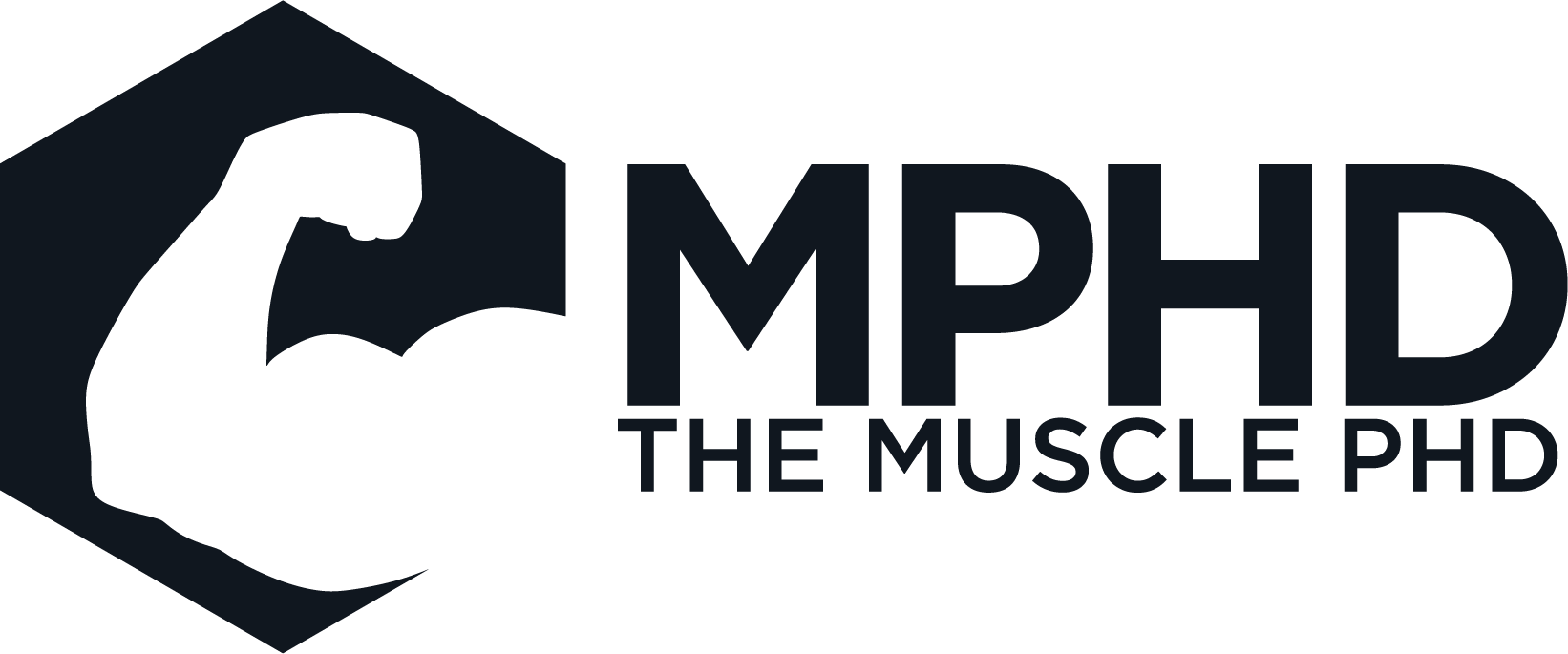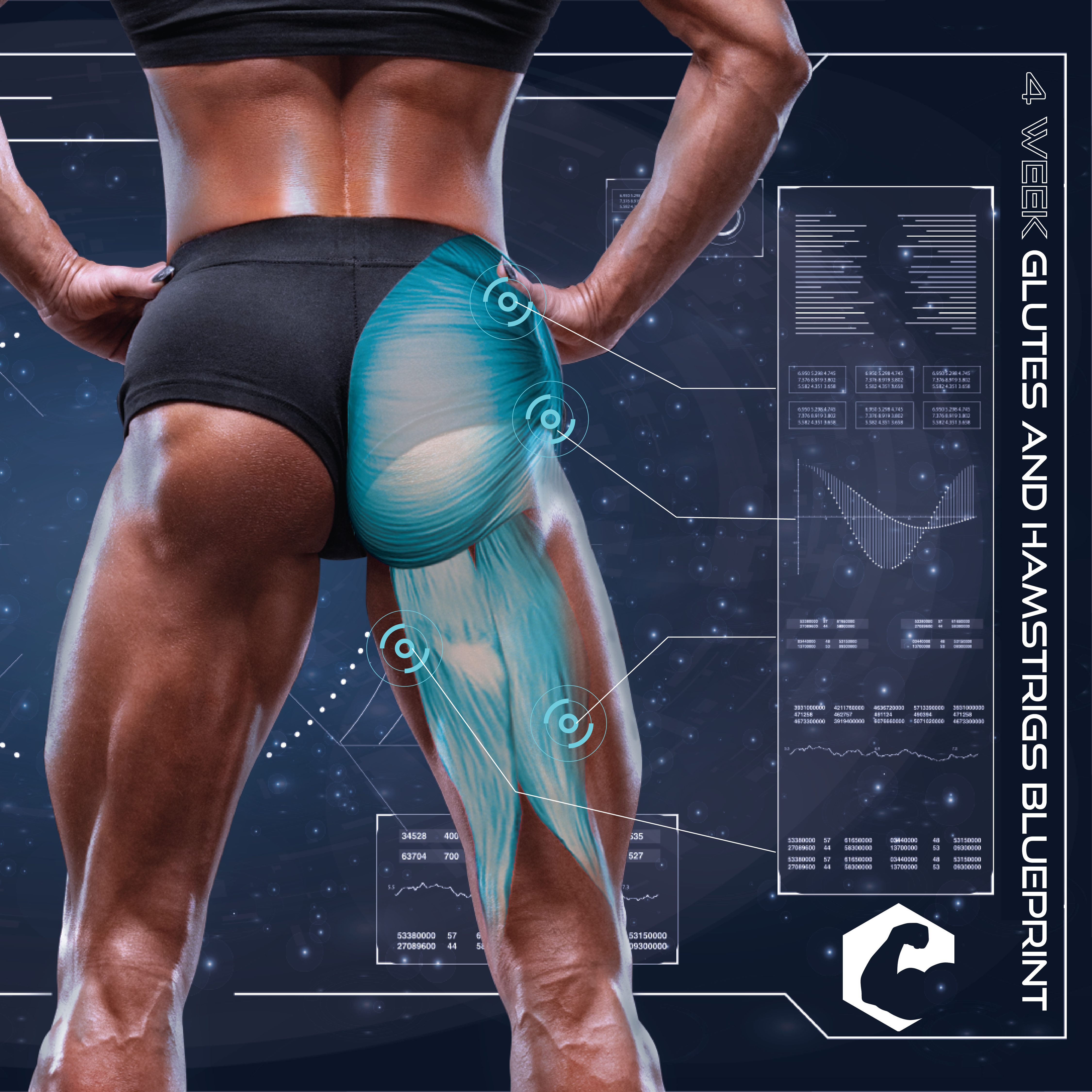Your quads and your calves are probably some of the most impressive muscles to grow–for one thing, from a practical standpoint, if you invest in your leg muscle, you could do some impressive feats! This is not to mention the sheer aesthetic beauty of perfectly sculpted calves on a body. When thinking about impressive calves we think of some of the bodybuilding legends such as Dorian Yates, Lee Priest, or even Arnold.
These old schoolers are some of the best athletes in the sports, and they all rocked those huge diamond shaped calves. Just by looking at that body part, you could tell that these people have been in the gym for a long time.
Calves always take precedence over quads, that’s because you’re able to see them more! If you’re wearing gym shorts and you’re standing up, your calves are supporting your body. Their function is to not let you fall down when you stand up, so by keeping you outright, they show themselves off by flexing. It’s just too bad that people believe they can’t grow their calf muscles, because we guarantee you that you definitely can!
The Calf Observation

You see huge calves all the time when you look at someone who is generally bigger than others their age, you know the type, those that look like they could be NFL linemen, or somebody who weighs around 300-350 pounds. Even if these types of people never train at all, they’ll be rocking jacked calves, and you might ask yourself why you’ve been going to the gym everyday, going extra hard on your leg day, and still never seeing any results.
That’s because even if these people never exercise, they’re constantly training their calves. Calves aren’t like your biceps, for example, which need to be recruited in order to function. Your calves are a postural muscle, and are constantly handling the load of your whole body while you stand up.
Your calves are separated into your soleus muscle–that’s the diamond aspect of the calves–and the gastrocnemius muscle, the thick muscle on your calves. These are the muscles that stop you from falling forward when standing up.
If somebody’s overweight, they’ll be constantly overloading their calves every time they stand up, as if doing a 300-pound calf raise, and they’re doing it every single day! You might be thinking that doing 300-pound calf raises for 7 days a week is not really doable since your muscles will need to recover, but that’s absolutely wrong! Your calves can handle the stress, they’re built for it.
Synergistic Ablation in Calf Muscles
There’s evidence to support the fact that your calves are able to adapt to being overloaded, and even grow due to it. The two main muscles in the calves are synergistic, meaning they work together. The gastrocnemius and the soleus muscles actually work together when they plant your body to the ground and when you move on your tiptoes to flex your soleus.
In one study, they removed the soleus muscle from animals such as rats and only had them move with their gastrocnemius muscle. Eventually the rats started adapting and they resorted to overloading their gastrocnemius muscle. Since the synergetic effect of the soleus helping out is now gone, they were overloading that muscle every single day. As a result, the gastrocnemius muscle got jacked to its limit, and researches found that they had the most jacked gastrocnemius muscles in any rats.

This is the same reason why individuals who are overweight tend to have stronger calves; they’re constantly overloading their muscles every single day, and because their calves are built to handle stress, they end up getting stronger and growing. However, we would never recommend gaining a bunch of weight in order to train your calves. Instead, you need to constantly train your calves every single day–they are meant to handle that sort of stress.
Training Methods for Calves
You need to recognize that your calves consist of different elements. Your soleus muscle does not cross the knee joint, so if you’re training it, focus more on movements such as a seated calf raise motion, which maximizes that plantar flexion.
Your gastrocnemius, however, does cross your knee joint, and it holds the most tension while standing, so you should focus on standing calf raises as well as donkey calf raises when working it out.
However, don’t ignore the front of your calves. Your anterior tibialis muscle is extremely important if you’re looking to maximize your functionality and aesthetic appeal. Doing reverse calf raise is optimal for training that muscle.
We hope you’re confident now that you can train your calves to have that jacked diamond shape! We’ll see you in the next article.









